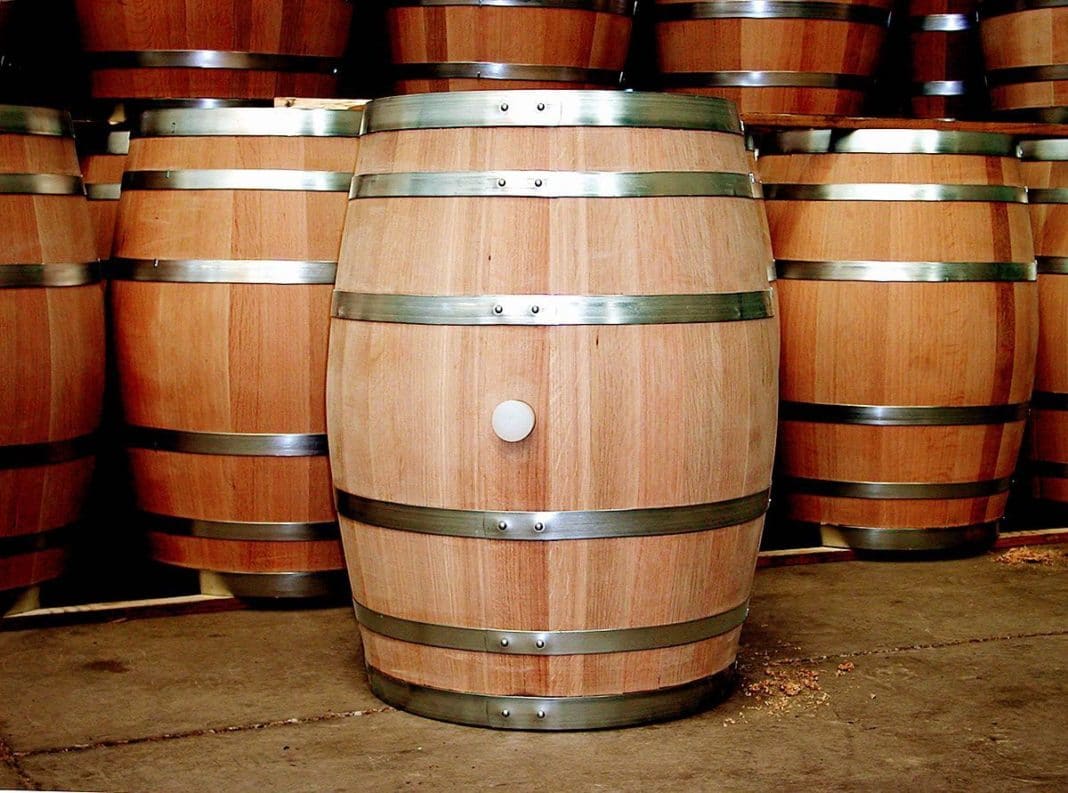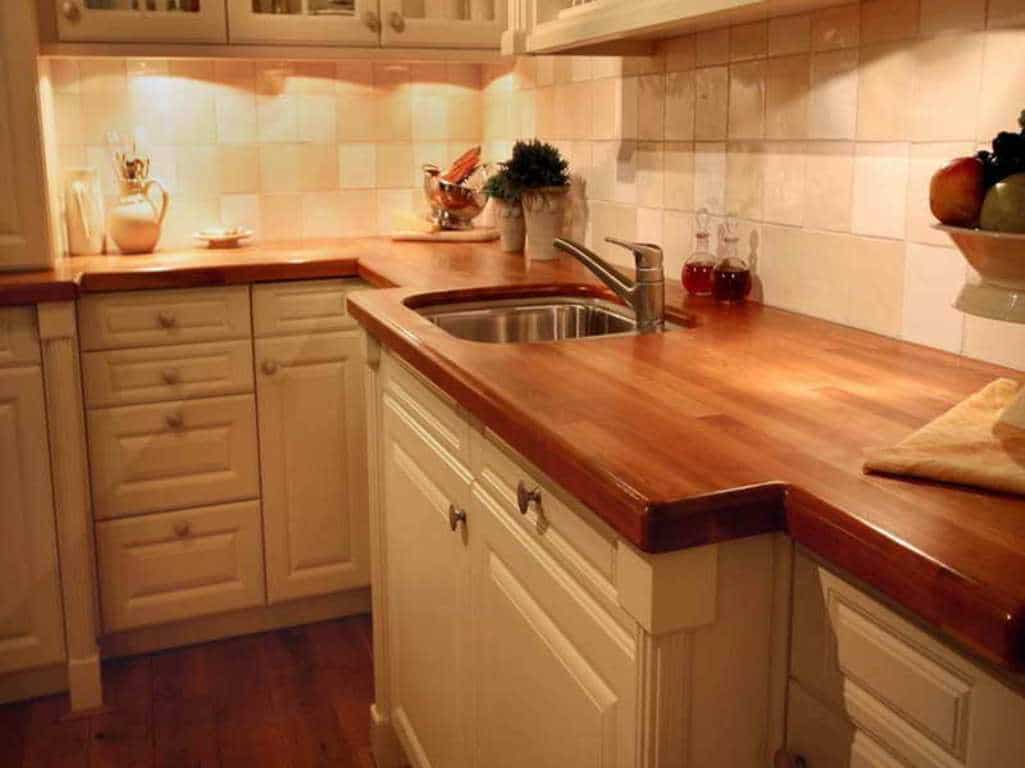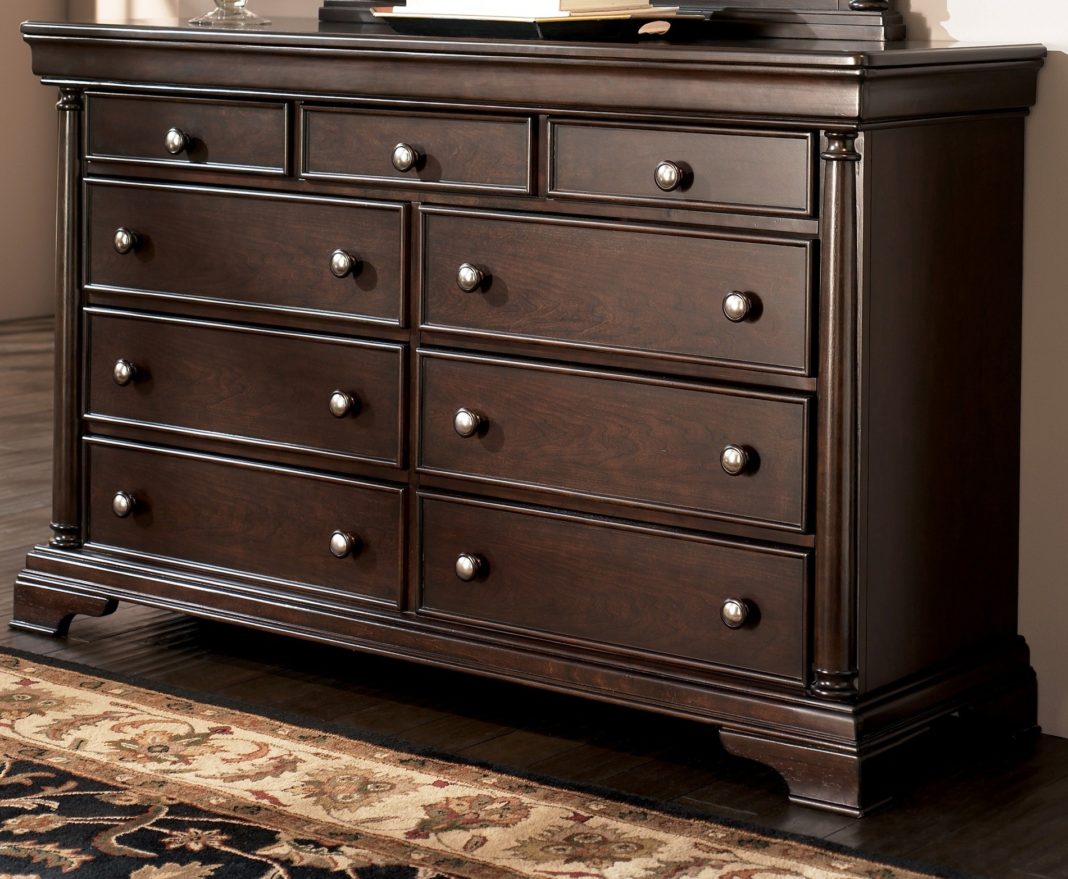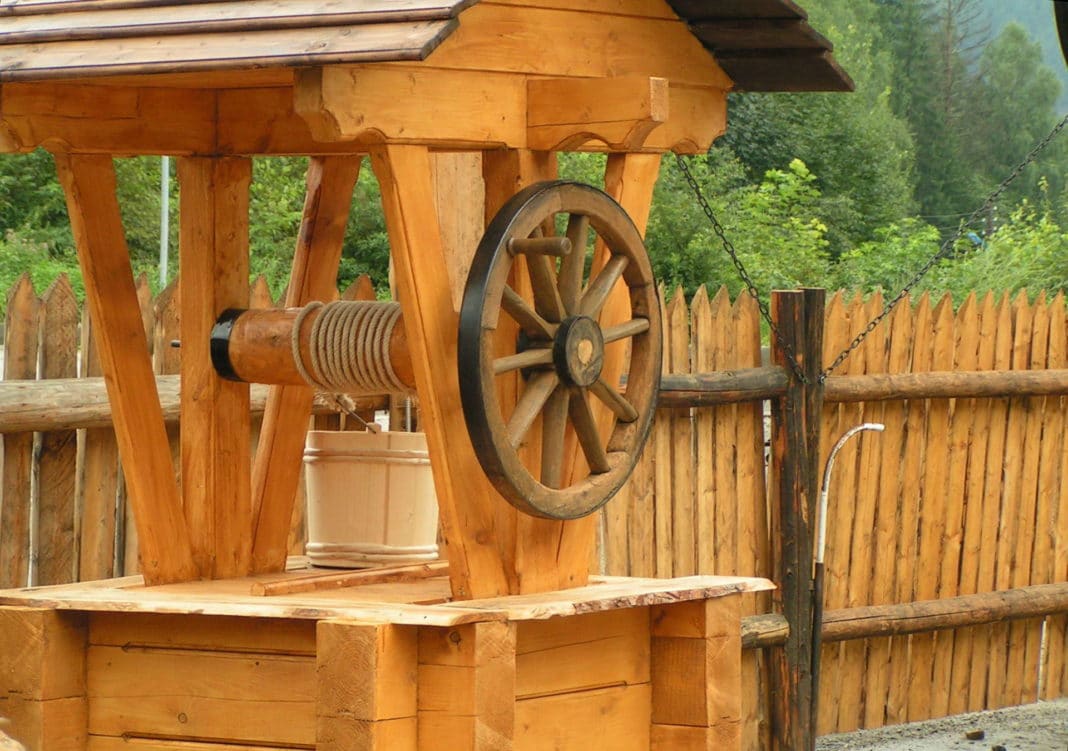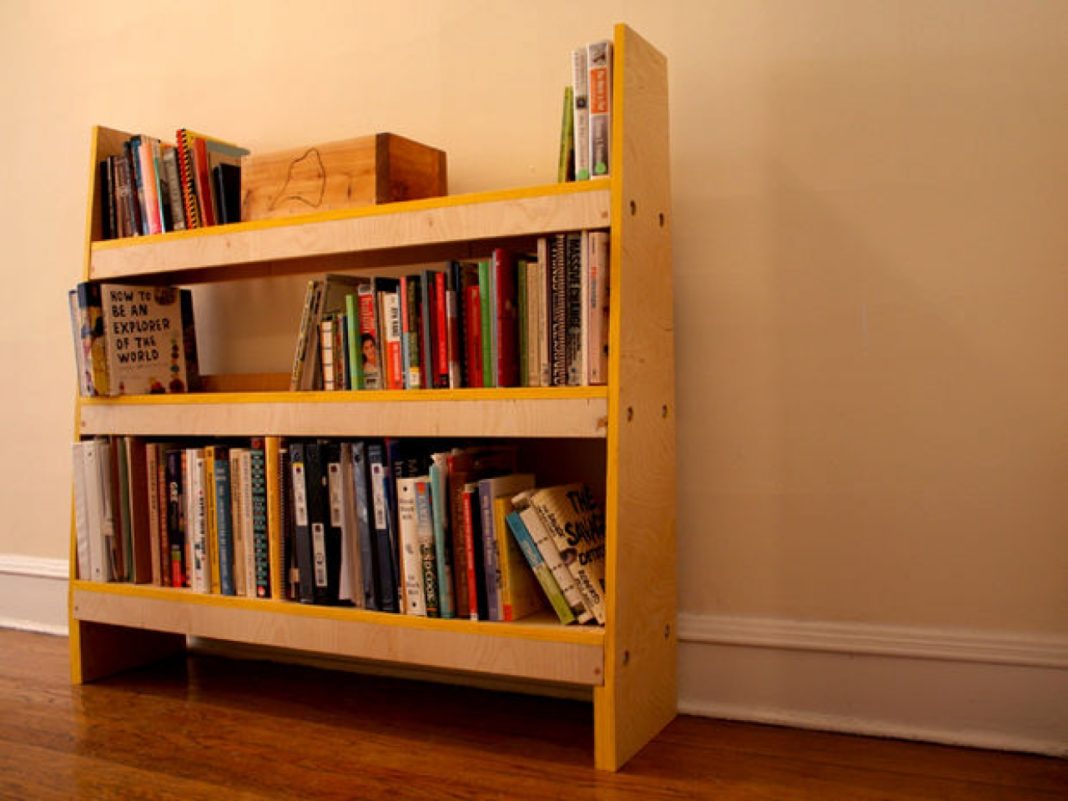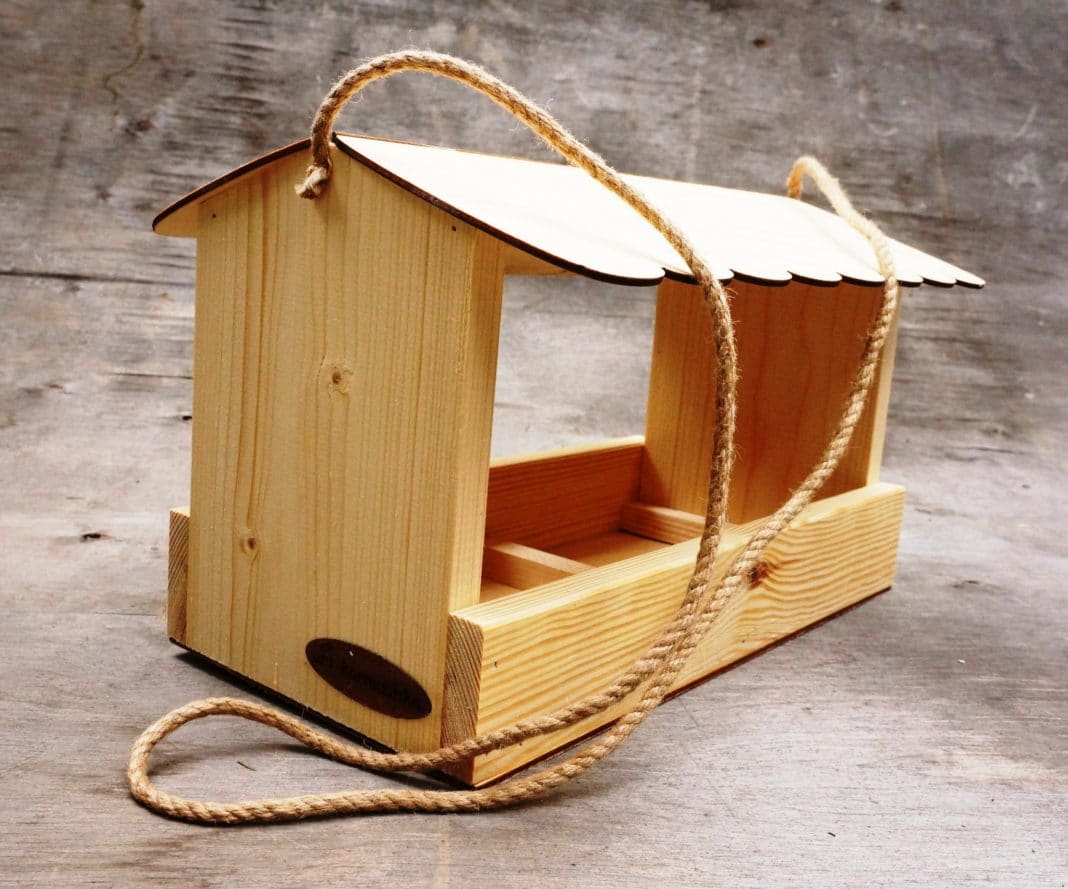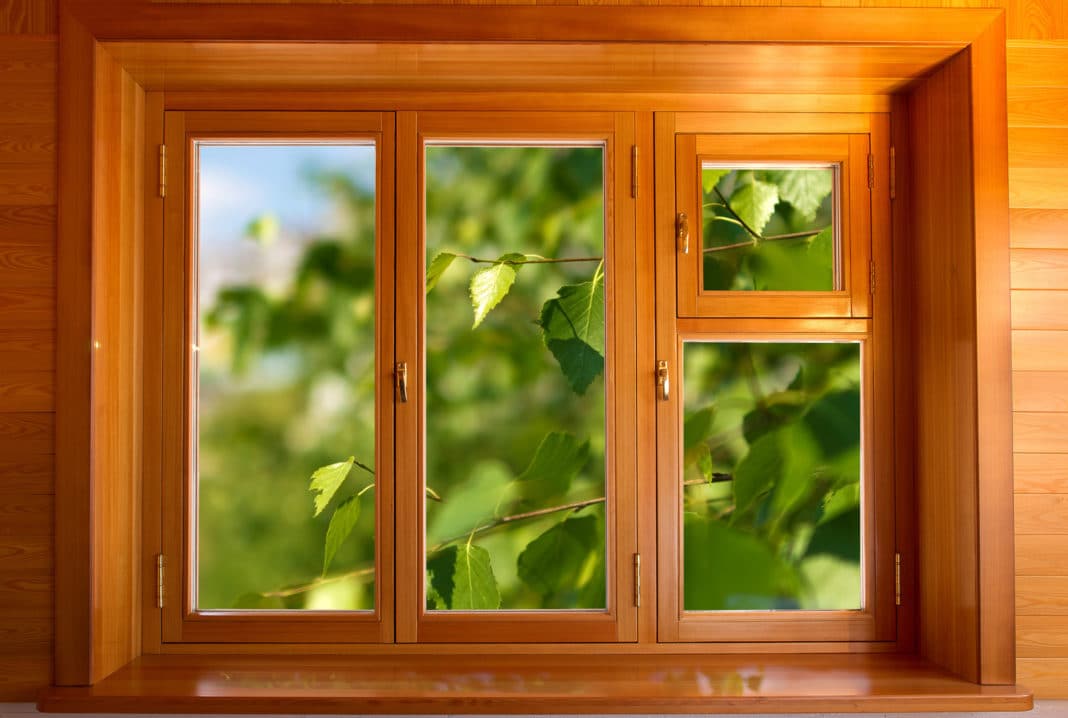A wooden barrel made by yourself will not only save money, but also make a high-quality, elegant product. Wooden barrels were used by our ancestors for pickles, making alcoholic beverages and storing water, which has proven their versatility. Therefore, they are still successfully used today. How to make a wooden barrel so that it is durable and does not leak? What tools and skills are required to make a barrel at home?
How to achieve mastery?
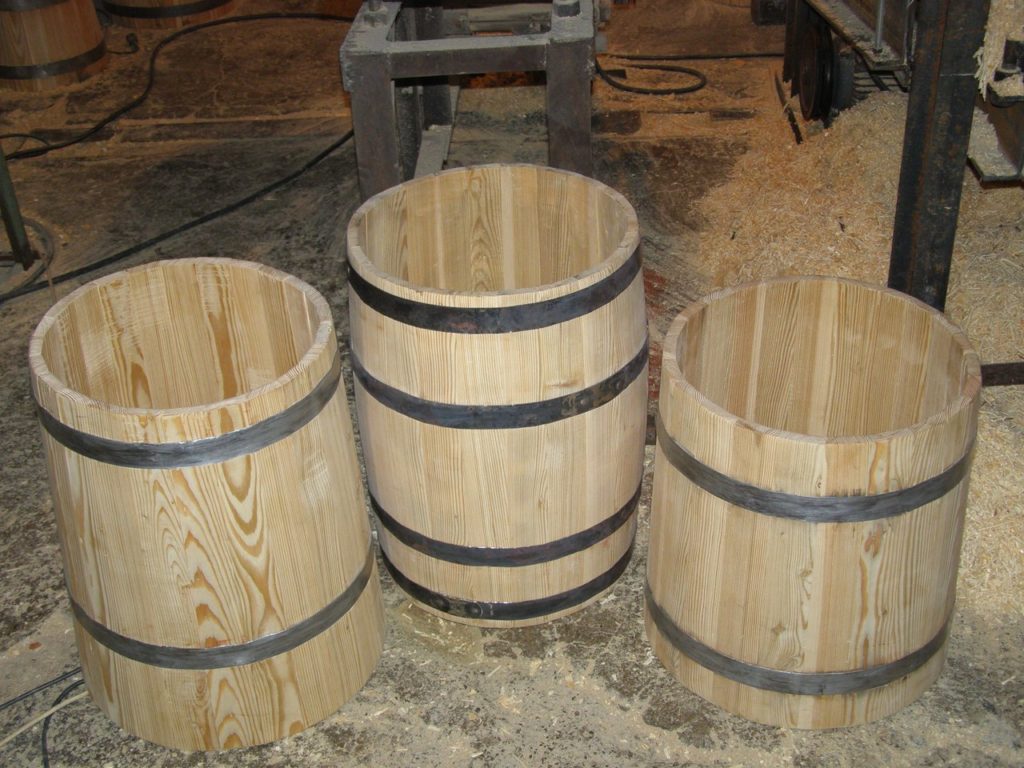
If you are determined to achieve your goal and are not afraid that you will have to refine the product to the desired state, then you can make your dream come true and make a wooden barrel yourself. Cooper is a difficult profession that has come to us from past centuries. There are few masters of this craft today, and even fewer highly qualified specialists in barrel making, so barrels are rare on the open market, and not everyone can afford the cost of the product.
Tools
To make your first barrel or small keg, you need to prepare a place where it will be convenient to work, tools and suitable material. In addition to the carpentry kit needed to make a barrel with your own hands, you need to buy cooper’s tools:
- a carpenter’s workbench adapted for making barrels;
- long jointer and circular planer;
- a device for planing the edges of boards from which the barrel will be assembled;
- equipment for tightening rivets (post winch, chain winch and frame winch machine);
- staple, plow, staple;
- templates and patterns of our own production;
- clamps made of wood and metal (for assembling the barrel frame);
- A groove cutter is a device that allows you to cut a groove into which the bottom part is inserted.
It is important to understand that it is quite difficult to buy these tools, wood and devices on the market, since almost all coopers make machines and layouts themselves, taking into account their height. This is done by trial and error, no instructions will help.
What you need to know
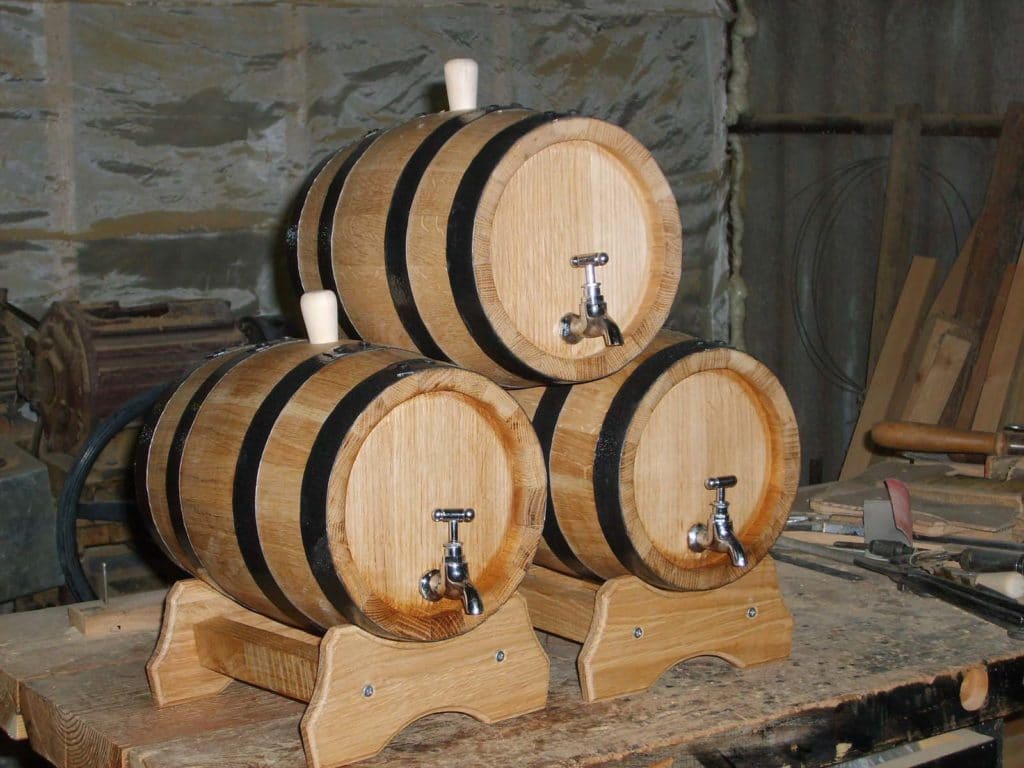
The main difference between cooperage products is the assembly of pre-prepared wooden boards (staves). The size and shape of the barrel completely depend on the pre-prepared boards, the configuration of which is set by the cooper. And the initial quality of wooden barrels completely depends on the selected wood. For this reason, it is not enough for the master to have a thorough command of the tool. It is necessary to know the intricacies of each type of wood from which wooden products will be made.
An experienced master will not make a honey barrel from oak blanks, because he knows that in such a container the honey will quickly acquire a completely different aroma and darken. But oak barrels cannot be replaced for aging wines and cognac.
The second element is a hoop that holds all the components of the barrel together. It is thanks to the hoop that water does not leak through the joints between the boards. It can be made of metal or wood. As the experience of craftsmen shows, metal hoops are much stronger, and less time is spent on production than wooden ones. But some craftsmen still prefer a wooden hoop, giving the barrel a more beautiful look.
Details and manufacturing principles of products
Many people think that becoming an amateur cooper is very difficult, and dreams never come true. But if you are not used to backing down from your decisions, then you need to decide which option will be your first job.
There are 3 types of products: conical, cylindrical and parabolic. Each one corresponds to a certain type of rivets:
- Products made in the shape of a quadrangle, the long sides of which have the shape of a parabola, are used for dishes with convex edges: barrels or casks.
- The cylindrical design is simple. It is easy to make and connect with hoops of the same diameter, but when the wood dries out, the rivets in such a design stop performing their functions. This is the main reason why such containers are practically not made.
- The shape of the elongated trapezoid allows for the production of durable dishes when rivets are driven in. Therefore, this type of product is often suitable for making tubs, tubs and other dishes.
As an experimental sample, it is better to choose a simple small barrel.
[wpmfc_cab_sw]Many are interested in how to make a regular tub. A tub is the simplest cooper’s product, having achieved a result in its manufacture, you can move on to more complex types of dishes, for example, make a wooden barrel with your own hands.[/wpmfc_cab_sw]
The principle of creating a product consists of the following stages:
- production of blanks;
- assembling dishes;
- finishing works.
Rivet preparation
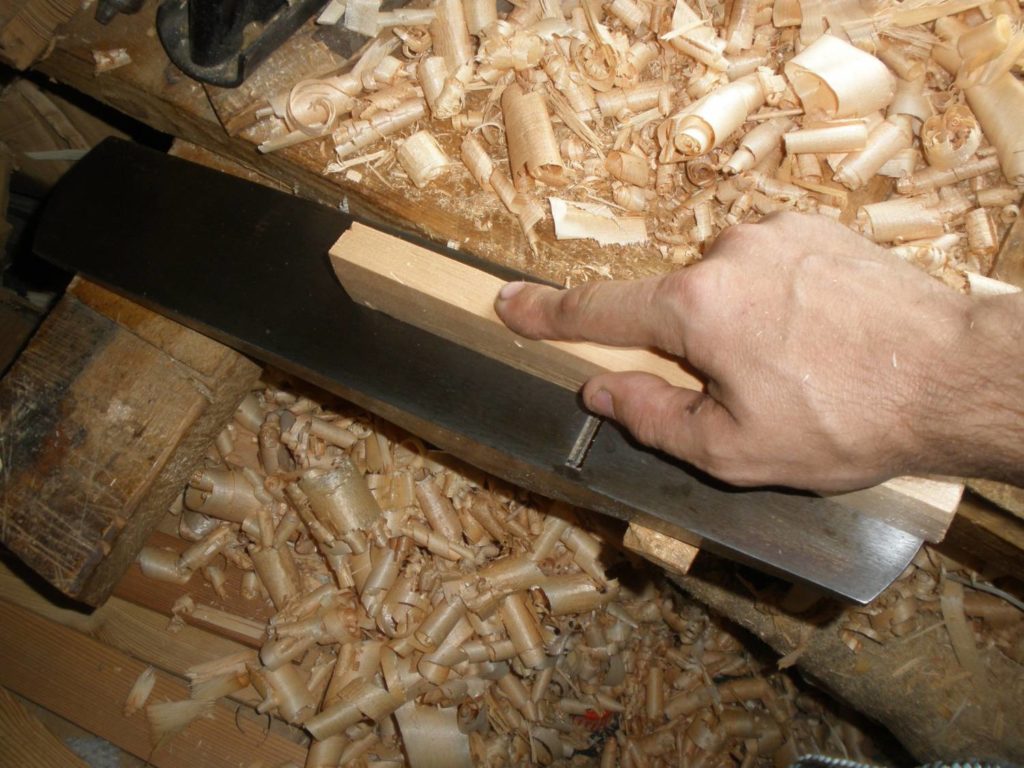
The reliability of the structure will depend on the quality of the rivet blank, so the most suitable are blanks from logs of sawn wood, chopped out with an axe. For barrels, the most common type of wood is oak, since it easily splits in the radial direction. The process of preparing staves from different types of wood is practically the same, a single-row or double-row method of knocking out is used. For large logs, a double-row method is used, and for thin logs, only a single-row method is used.
The order of punching out rivets is as follows:
- The log must be carefully split in half so that the split line runs exactly along the center of the workpiece.
- Each block must be split in half to obtain 4 equal parts.
- Next, you need to split the wood for the blank in half again to get 8 equal parts. Usually, for small logs, this is quite enough. It is the 1/8 part that will become the blank for the rivet.
- If the log is thick, a two-row split is used, i.e. each of the 8 parts is split into 2 equal parts along the annual rings.
- The resulting logs need to be split in the radial direction. As a result, you will get 1-2 smaller blanks and 2-5 for larger blanks.
- Next, you need to cut off the wedge-shaped protrusions and young wood from the bark side. Only after this can you dry the workpiece in the open or resort to artificial drying.
Making rivets
To make rivets from the prepared material, you should first prepare the drawings and template of a specific product in accordance with the desired shape. To obtain ready-made rivets, you will need:
- Perform marking.
- Make a rough treatment of each of the blanks. Namely, round off the outer surface, bevel the edges with an axe.
- Perform finishing work using a plane, constantly monitoring the result with a template.
- Plane the inside of the workpiece with a hump-nosed scraper.
- Trim the narrow edges and then smooth their surface with a planer.
In the process of making barrels, the cooper has to make the tightening hoops himself. The easiest way to get a hoop is from a steel strip. To do this, you need to determine the diameter of the container and add double the width of the strip to the resulting figure. Then, using a hammer, bend the tape into a ring, drill 2 holes and secure them with rivets. To make a small barrel, you will need 2 hoops that will correspond to the diameter of the upper and lower parts of the product.
Assembling the bottom and installing it
For the bottom, it is recommended to choose the widest blanks, since the minimum number of joints guarantees a high percentage of reliability. To make the bottom of the barrel, you need to:
- Plane the edges of the boards, fix them on the workbench and divide the radius into 6 parts.
- Within the circle, mark the locations for installing the studs.
- Pull out the boards. Drill holes in the edges and drive wooden or metal pins into them.
- Tightly join all the elements and secure with pins, after which you can plan the bottom.
- Cut out the bottom, leaving a small margin.
- Remove the chamfer with a straight plane and knock off the hoop, loosening the rivets.
- Insert the bottom into the chimney and turn the tub upside down.
- Settle the hoop.
All that remains is to make a lid for the tub and, having checked the structure for strength, begin using the container. If you like the work done, it makes sense to continue working on making barrels.
